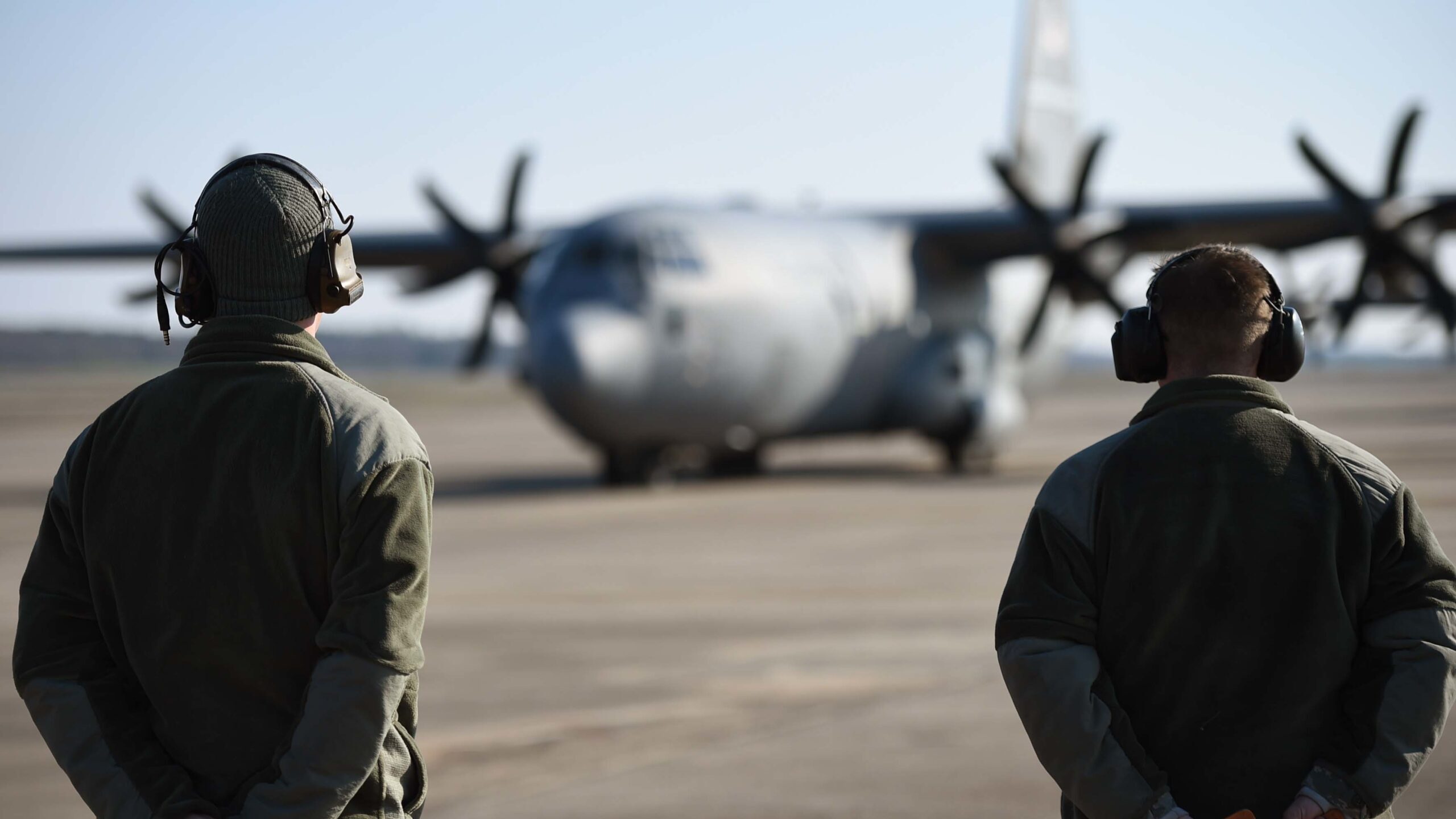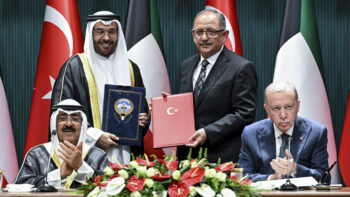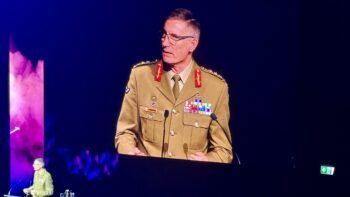
The C-130 is flown by several partner nations in U.S. Southern Command’s area of responsibility which have purchased them through foreign military sales or excess defense articles. (U.S. Air Force photo by Staff Sgt. Dana J. Cable)
AUSA 2023 — US Southern Command is spinning up a new program aimed at helping partner nations in the region train maintainers for their aircraft fleets with hopes it will improve both joint operations and military relations.
The program, dubbed the Theater Maintenance Partnership Initiative, will focus on the C-130 cargo plane, which is flown by several nations in South America that have purchased them through foreign military sales or excess defense articles.
The theory behind TMPI is that if the US helps train various partner nations on how to maintain the C-130 then that will result in additional heavy airlift capacity throughout the region — potentially to be used during times of crisis — and also instill goodwill between the US and those countries.
“For example, the Haiti earthquake a couple of years ago in 2021, there were some countries that wanted to participate in that recovery effort, but couldn’t get there,” Army Gen. Laura Richardson, commander of SOUTHCOM, told an audience today at an event hosted by the Foundation for Defense of Democracies. “They [had] the equipment, they were ready to go, and they couldn’t get there.”
Compared to the other geographic combatant commands, Southern Command is assigned very few or at times no regular units, meaning SOUTHCOM had few options for airlifting in aide from other countries without seeking assets from Washington. But regionally, more than 50 C-130s are flown by militaries scattered across South America. Had those assets been pooled and coordinated, it could have made an impact on assisting Haiti at the time, Richardson said.
Theater Maintenance Partnership Initiative:
At @CSIS Friday, #SOUTHCOM’s Gen. Laura Richardson shared details on #SOUTHCOM’s effort to strengthen the security capacity of Latin American & Caribbean partners by addressing maintenance requirements of U.S.-provided defense articles. pic.twitter.com/Z0ZaLObVSI— U.S. Southern Command (@Southcom) August 7, 2023
“We have very capable militaries: Colombia, Brazil, Chile,” said Richardson, who is a helicopter pilot by training. “But how can we help them with maintenance? Maintenance is hard for the US military. … And so, it’s hard for us. I know it’s hard for everybody else.”
In practice, SOUTHCOM is conducting the training at “centers of excellence,” three of which have already been stood up — two in Colombia, one in Jamaica — with plans for six more.
Marine Corps Col. Douglas Burkes, who works for Richardson as director of logistics at SOUTHCOM, said on Tuesday at the Association of the United States Army conference in Washington that the idea is loosely based off a similar concept already run by US European Command with a focus on the C-17 Globemaster.
Read more of Breaking Defense’s AUSA 2023 coverage.
The relationship-building aspect of the program is more than just a matter of being friendly neighbors. For much of the event today, Richardson raised alarms about attempts by the Chinese government to ingratiate itself with the leadership of various countries in South America. For example, the Chinese have offered to help with building infrastructure, such as access to 5G cellular service.
Those offers place the nations’ leadership in a difficult position: Accept ostensibly generous aid from the Chinese or turn it at down at the behest of the United States and be left to deal with the backlash from the local population.
RELATED: In Argentina’s fighter competition, Washington and Beijing fight for regional influence
Richardson and other senior military brass frequently warn that Chinese government assistance often comes with strings attached, such as excessive debts or civil infrastructure being used for military purposes. But sometimes leaders see Beijing as their only option anyway.
“As one [former] president told me from the region… he said, ‘When you need a rope and someone throws you the rope, you don’t necessarily look at who’s throwing in the rope,'” said Richardson. “And so again, the security challenges are here and now.”























